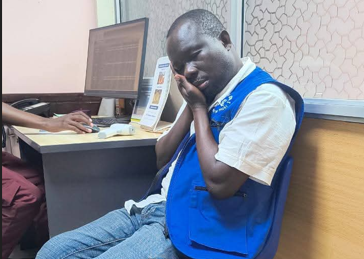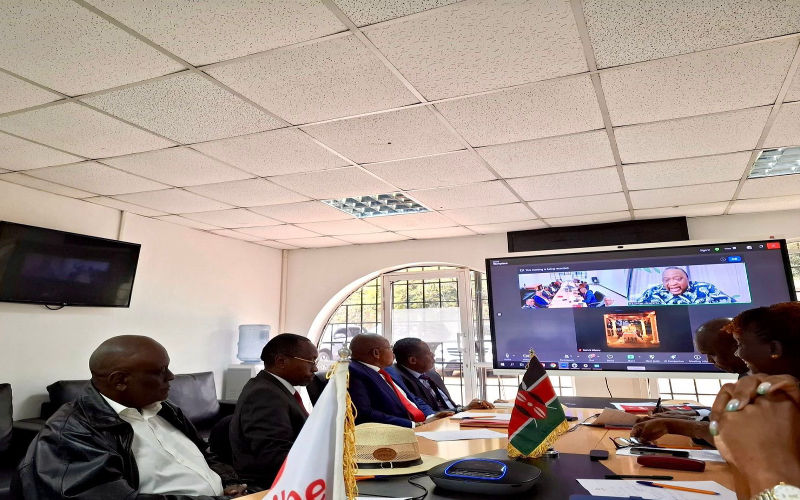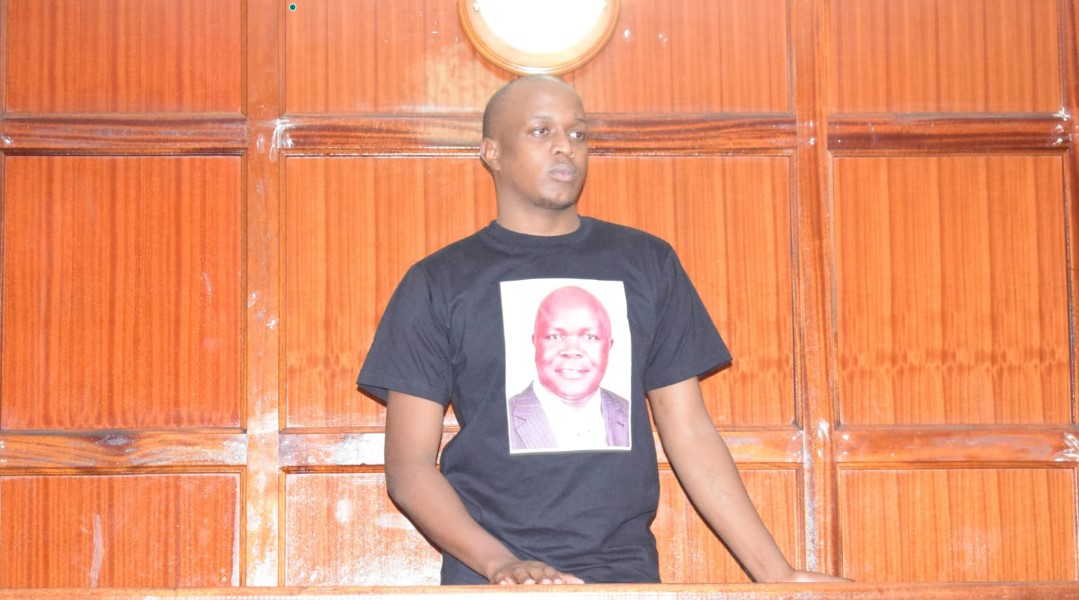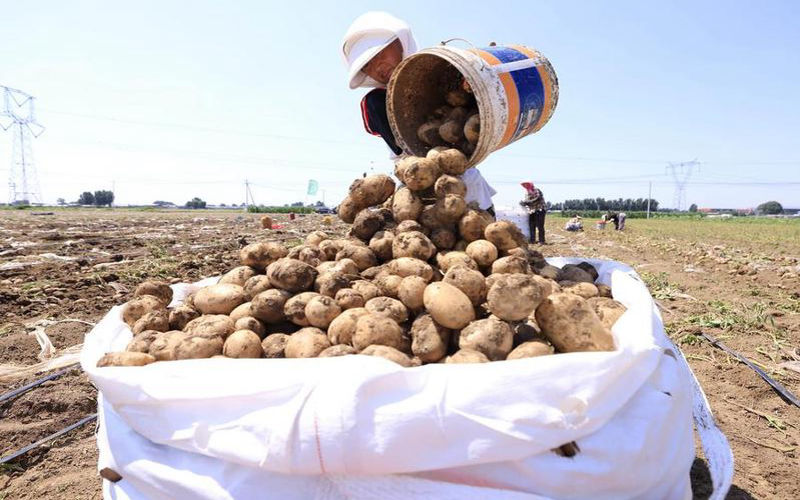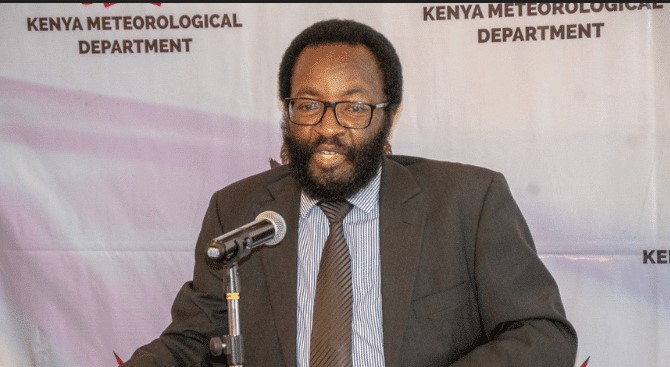New malaria diagnostic tool approved by WHO to reduce risks
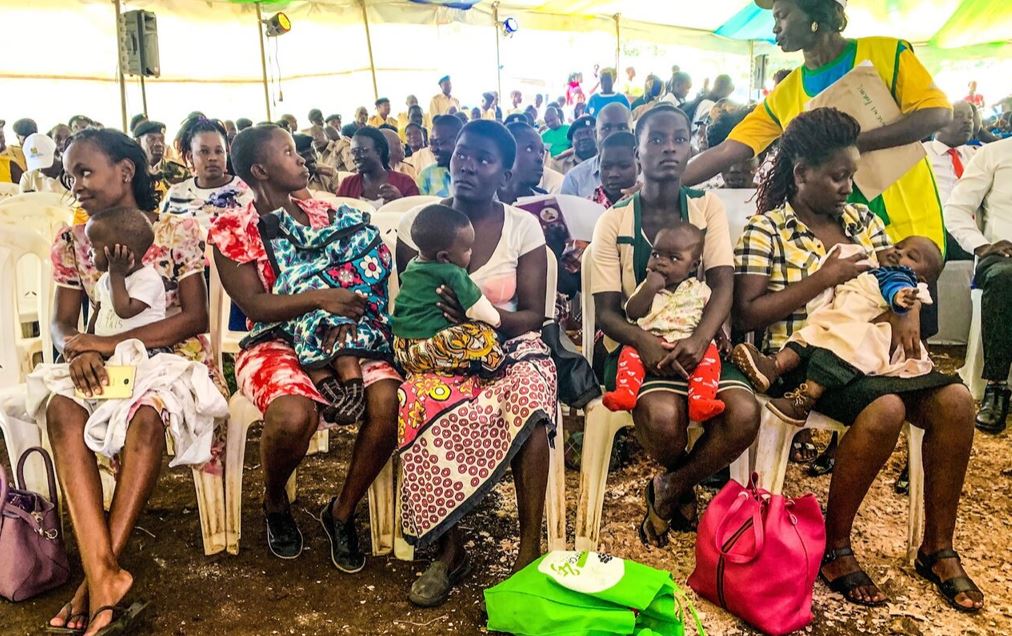
The new tool is aimed at addressing the health risks posed by this genetic condition, which affects over 500 million people globally.
The World Health Organisation (WHO) has approved a groundbreaking diagnostic tool that could significantly reduce recurring cases of one of the world’s most persistent malaria strains, Plasmodium vivax (P. vivax).
The new tool, which tests for glucose-6-phosphate dehydrogenase (G6PD) deficiency, is aimed at addressing the health risks posed by this genetic condition, which affects over 500 million people globally.
More To Read
- First malaria drug for infants approved, to be rolled out in Africa within weeks
- Undocumented status, ID barriers hamper vaccine access for vulnerable mothers, children in Kenya
- Kenya receives 3 million BCG doses as Ministry of Health races to end vaccine shortage
- Mombasa begins countywide fumigation to curb Chikungunya outbreak
- Vaccines: Why these young Africans are hesitant about them and what might change their minds
- Respiratory illnesses, malaria lead hospital visits in Kenya
G6PD deficiency can make certain malaria treatments dangerous, as these medications have the potential to destroy red blood cells in affected individuals. The new diagnostic tool will help identify patients with G6PD deficiency, ensuring they receive the appropriate treatment for malaria without the risk of severe side effects.
“This prequalification can help strengthen the global malaria response by reducing P. vivax reinfections and limiting transmission,” WHO’s Director of Global Malaria Programme Dr Daniel Ngamije Madandi said.
The disease, which affected approximately 9.2 million people in 2023, is a major global health concern, with cases reported in all WHO regions except Europe.
The WHO explained that while most individuals with G6PD deficiency are unaware of their condition and experience no symptoms, certain anti-malaria drugs can lead to acute haemolysis, or the destruction of red blood cells if administered without proper testing.
The new tool, developed by SD Biosensor, Inc., will be used in both laboratory and field settings, offering a rapid, handheld analyser that provides results within minutes. This is particularly valuable in resource-limited areas.
“The prequalification of this G6PD enzyme test for patients with P. vivax malaria can help countries in enhancing access to much-needed quality-assured tests, enabling safe and effective treatment and prevention of this type of relapsing malaria,” said Dr. Yukiko Nakatani, WHO Assistant Director-General for Access to Medicines and Health Products.
The approval follows WHO’s recent update to its malaria guidelines, which included recommendations for tafenoquine-based treatments.
New hope
These treatments, when combined with chloroquine, offer new hope for preventing malaria relapses. However, the WHO noted that additional testing options are still needed. Nakatani urged manufacturers to submit more diagnostic products for prequalification to expand the range of available tools.
“Currently, no other prequalification applications are received for this type of test. We encourage the submission of additional products to expand the range of effective diagnostic tools available to countries in need,” she added.
The tool is particularly relevant to countries like Kenya, where malaria remains a significant public health challenge. The disease is responsible for approximately 15 per cent of all outpatient consultations in Kenyan health facilities, with the most vulnerable groups being children under five years and pregnant women. Malaria continues to contribute to around 10 per cent of deaths in children under five.
The Lake Victoria region and coastal areas in Kenya experience year-round malaria transmission, with the highest burden in counties such as Siaya, Kisumu, Homa Bay, and Kilifi.
Climate change has also expanded the disease’s reach into regions previously unaffected, including parts of Nyanza, Western, and Central Kenya, where the incidence of malaria is increasing due to altered weather patterns.
In response to these growing challenges, the new G6PD diagnostic tool offers hope for safer, more effective treatment, reducing the risk of adverse reactions and helping to control malaria transmission in Kenya and other affected countries.
However, concerns remain over the emerging resistance to artemisinin-based combination therapies (ACTs), which continue to complicate malaria control efforts.
Top Stories Today

